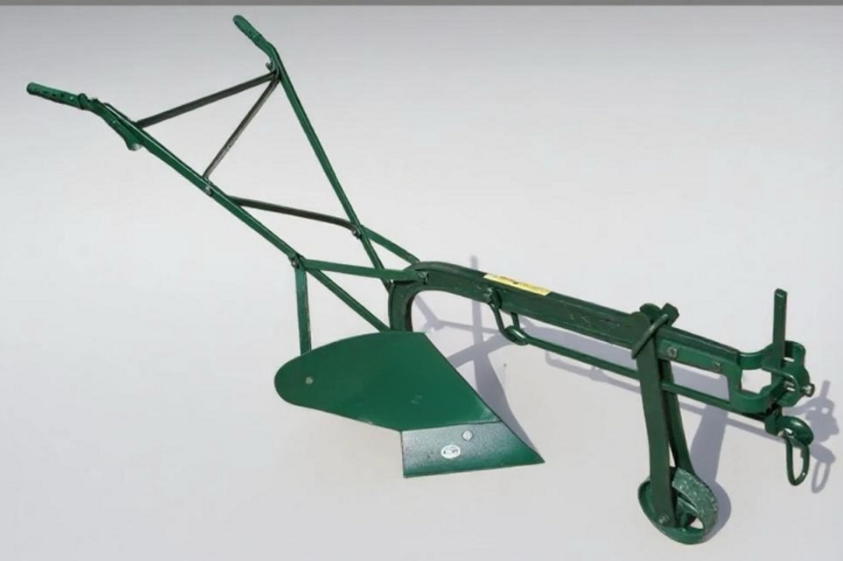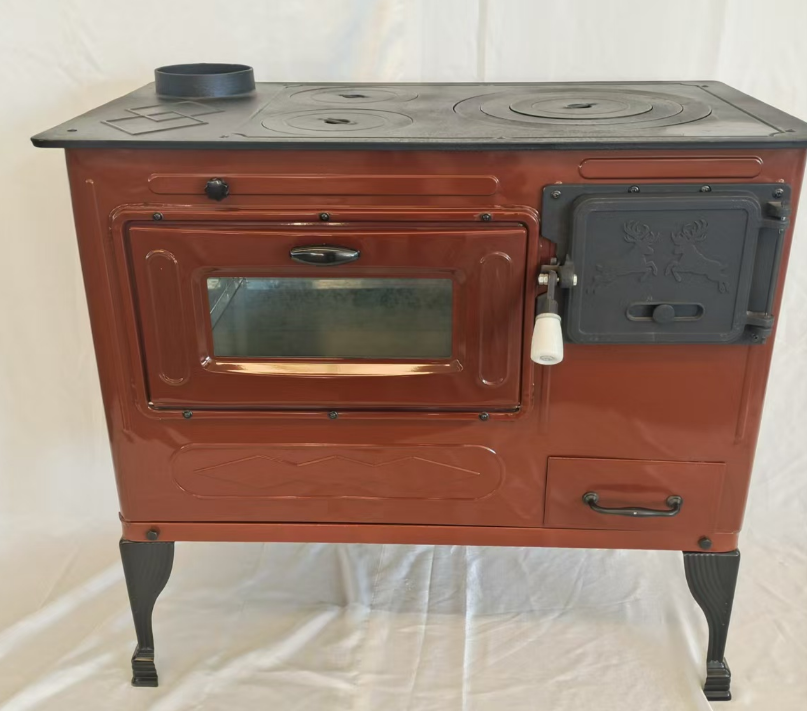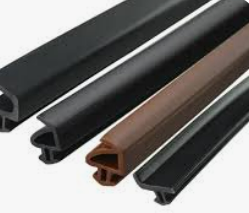Cast Iron Spear Is Full of Cultural Charm
Spears have always been associated with power, protection and authority in various cultures. In many ancient societies, the spear was not only a weapon, but also a symbol of the warrior class, which embodied strength, courage and leadership. These symbolic meanings have been extended to the use of cast iron spears.
Symbol and Cultural Significance of Cast Iron Spear
Power and authority
Historically, spears were the weapons of kings, warriors and gods, and were a powerful symbol of authority. In many cultures, the spear is depicted as a tool used by gods or royal figures to defend their territory or maintain their rule. This connection with power is reflected in the use of cast iron spears at gates, fences and entrances, which are visual manifestations of protection and control.
Protection and defense
The cast iron spear points is inherently defensive, which is both a physical deterrent and a symbolic deterrent. In architectural design, the cast iron spear point on the fence or gate conveys a sense of vigilance and safety, which strengthens the boundary between public and private space and prevents potential intruders.
Elegance and prestige
In addition to the connection with power and protection, cast iron spears also have the flavor of elegance and prestige. The production of cast iron spear point adopts complicated details and techniques, which reflects the degree of exquisiteness and complexity, especially in historical architectural styles such as Victoria, Gothic Renaissance and Neoclassicism.
For many homeowners, incorporating cast iron spear decoration into their fence or gate design is a way to show their prestige and enhance the overall visual effect of their property.
Technology of Cast Iron Spear
The process of casting cast iron spears begins with the casting method itself. Iron is melted and poured into a mold to form a desired shape. Moulds are usually made of sand, which allows complex designs and details to be captured in the casting process.
This production method allows mass production while maintaining a high level of detail, making cast iron an ideal material for decorative applications. The malleability of iron in molten state enables craftsmen to create complex and gorgeous designs, from simple cast iron spear points to highly elaborate spires featuring flowers or geometric patterns.
Despite the continuous progress of modern manufacturing technology, many cast iron spears are still produced by traditional methods, especially for historical restoration or high-end construction projects. These methods ensure that the finished product retains authenticity and craftsmanship, which makes cast iron spears a favorite feature of architecture for centuries.
Maintenance of Cast Iron Spear
One of the main advantages of cast iron is its durability. If properly maintained, cast iron spears can be used for decades or even hundreds of years. However, like all iron products, cast iron is prone to rust without proper protection.
In order to prevent rust, cast iron spears should be coated with a layer of paint or topcoat as a protective layer. Regular maintenance, including necessary cleaning and repainting, will help to maintain the appearance and integrity of iron products.
For those who restore historical property, special attention should be paid to preserving the original cast iron spears and spears. In some cases, rust removal and professional repair may be needed to restore iron products to their original state.
Cast iron spear is a testimony to the enduring legacy of iron in functional and decorative applications. From their origin as weapons of war to their modern application in fences, gates and architectural decoration, cast iron spears bear rich symbols, crafts and design history. Whether as a symbol of power and protection, or to add elegance and prestige to property, cast iron spear is still a popular element in architecture and decoration design. Through proper care and maintenance, these timeless decorations will continue to decorate homes and public spaces for future generations.
-
Plough Wheel Cast Iron Material Enhances Load-BearingBeritaNov.10,2025
-
Cast Iron Cooking Stove Heat Retention Ensures Even Food HeatingBeritaNov.10,2025
-
Rubber Strip Shock Absorption Protects Window EdgesBeritaNov.10,2025
-
Aluminum Profiles High Corrosion Resistance Suits Coastal AreasBeritaNov.10,2025
-
Window Handle Aluminum Material Ensures Lightweight DurabilityBeritaNov.10,2025
-
Sliding Roller Plastic Housing Fits Aluminum Sliding WindowsBeritaNov.10,2025
-
 Plough Wheel Cast Iron Material Enhances Load-BearingNov-10-2025Plough Wheel Cast Iron Material Enhances Load-Bearing
Plough Wheel Cast Iron Material Enhances Load-BearingNov-10-2025Plough Wheel Cast Iron Material Enhances Load-Bearing -
 Cast Iron Cooking Stove Heat Retention Ensures Even Food HeatingNov-10-2025Cast Iron Cooking Stove Heat Retention Ensures Even Food Heating
Cast Iron Cooking Stove Heat Retention Ensures Even Food HeatingNov-10-2025Cast Iron Cooking Stove Heat Retention Ensures Even Food Heating -
 Rubber Strip Shock Absorption Protects Window EdgesNov-10-2025Rubber Strip Shock Absorption Protects Window Edges
Rubber Strip Shock Absorption Protects Window EdgesNov-10-2025Rubber Strip Shock Absorption Protects Window Edges












